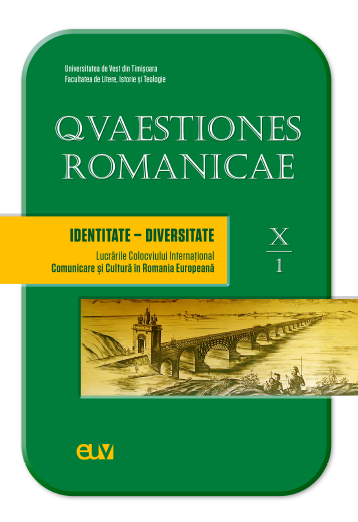Identità e diversità nella stampa periodica romana di fine Settecento: «Memorie per le belle arti» (1785-1788) e il «Giornale delle belle arti e della antiquaria, musica, e poesia» (1784-1788)
Abstract: (Identity and diversity in the Roman art journals of the late 18th century: «Memorie per le belle arti» (1785-1788) and «Giornale delle belle arti e della antiquaria, musica, e poesia» (1784-1788)) The contribution aims to illustrate two Roman art magazines of the late 18th century (part of my PhD thesis): «Memorie per le belle arti» and «Giornale delle belle arti e della antiquaria, musica, e poesia». They are considered as a direct filiation of the scholarly journals of the 18th century, or, better to say, experimental rib of the contemporary literary sheets, but with the substantial difference that while the latters ranged in all fields of human knowledge, these two art magazines restricted their interests to the artistic field, especially the Roman one. Starting from the historical-cultural milieu of late 18th-century in Rome, this contribution intends to illustrate the common elements and the diversity of these two art newspapers, which are considered among the first Italian art magazines. Finally, the analysis intends to take into consideration the editorial line of the two journals, their page layout, their editorial teams and their readers.
Keywords: art journals, Rome, decorative and visual arts, 18th century, Neoclassicism.
Riassunto: Il contributo intende illustrare due riviste d’arte romane della fine del Șettecento (oggetto della mia tesi di dottorato). Si tratta «Memorie per le belle arti» e «Giornale delle belle arti e della antiquaria, musica, e poesia». Diretta filiazione dei giornali eruditi del Settecento, o, per meglio dire, costola sperimentale dei coevi fogli letterari, ma con la sostanziale differenza che mentre quest’ultimi spaziano in tutti i campi dello scibile umano, queste due riviste d’arte restringevano il loro interesse all’ambito artistico, in particolar modo quello romano. Partendo dal milieu storico-culturale della Roma di fine Settecento, si intende illustrare gli elementi comuni e le diversità di queste due testate, che sono considerate tra le prime riviste d’arte italiane. L’analisi infine intende prendere in considerazione la linea editoriale delle due testate, la loro veste editoriale, le loro redazioni e i loro lettori.
Parole-chiave: riviste d’arte, Roma, arti decorative e visive, Settecento, Neoclassicimo.
